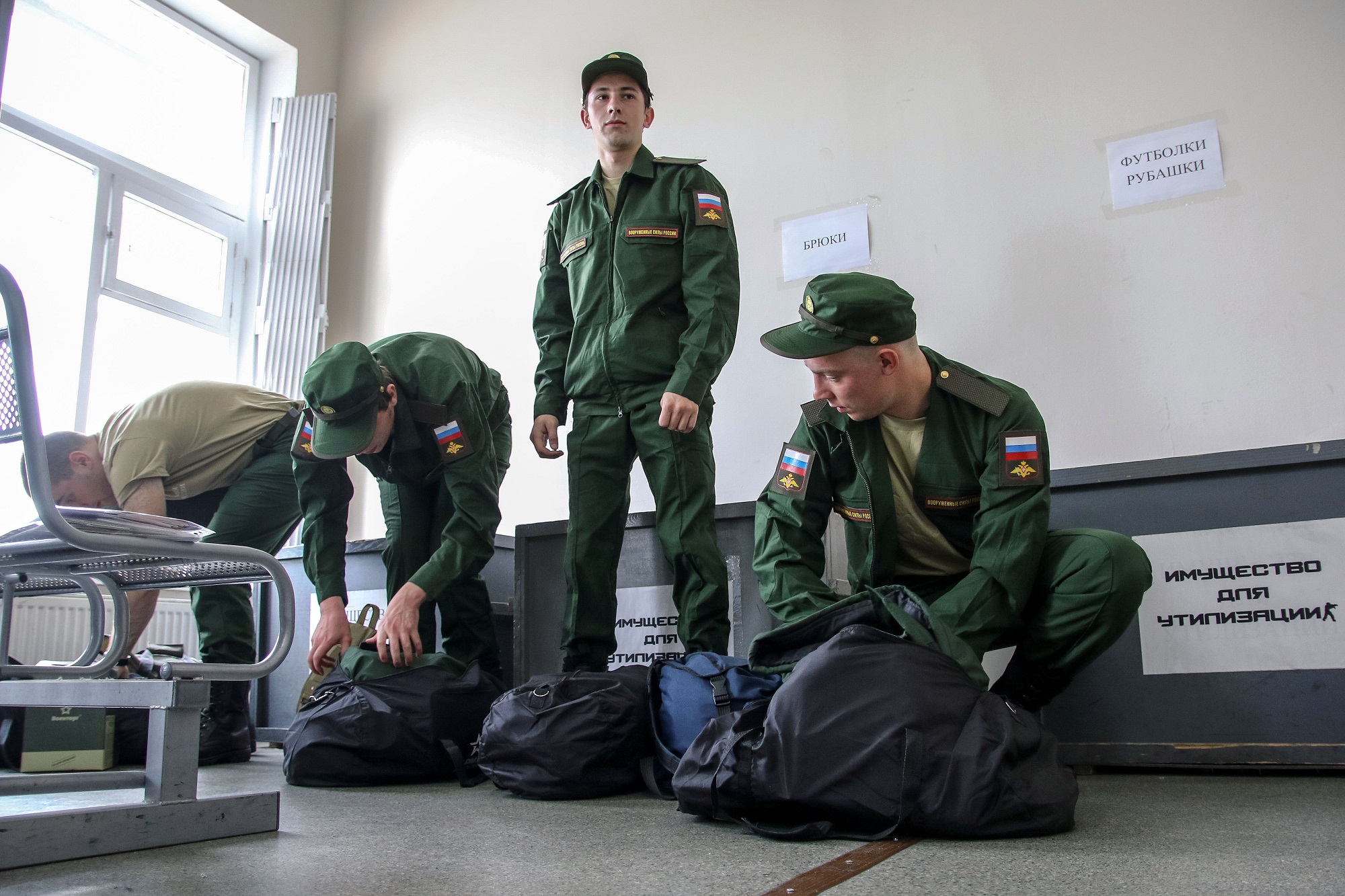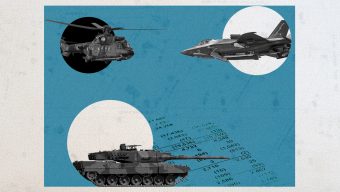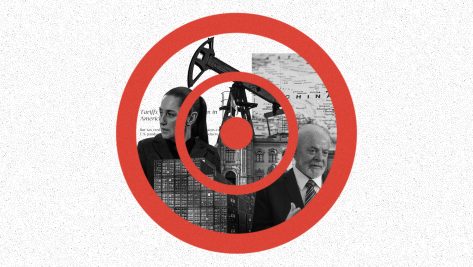Over the next six months, the Russian authorities will attempt to draft between 700,000 and one million men to underpin their military campaign in Ukraine. According to our estimates, approximately two to three million people will be targeted during this first draft, and those men who fall within this target group have a 25% likelihood of being drafted.
The demographic damage to the Russian population caused by the war in Ukraine will be even more severe than that of the Covid-19 pandemic. Casualties are expected to be around 60-70% among conscripts during the first six months with an estimated 15-20% of the conscripts being killed and 45-50% wounded.
The damage, of course, does not end simply with those conscripts who are sent into war but will ripple throughout Russian society over time. Those conscripts who do come back alive will need physical and psychological care and then there are the families, the children, of those who never return home.
Here, we must take the time to note that we, the authors of this article, are economists, not military experts. Our military experience is limited to two years of training undertaken during our university studies, and one month of reservist training. All the conclusions in this article are therefore based primarily on our professional economic logic and expediency.
In addition, no objective data, such as losses or the planned size of the mobilization, has yet been published on the Russian military deployment, there are only estimates. We are relying on what we believe to be the most credible data at this time. So, let us get into these estimated figures.
The total number of Russian troops deployed to Ukraine at the beginning of the war was estimated at 200,000 and since the spring, the Russian authorities have been actively recruiting soldiers on short-term contracts to replace those who have been killed or wounded. However, there is no reliable information about the number of newly contracted troops recruited in Russia and people mobilized in the Luhansk and Donetsk ‘separatist’ regions. In June, British intelligence estimated Russian army losses at 20,000, so we can assume that by the end of September this figure will have risen to approximately 35,000-40,000. Using the historic wartime estimate of a 1 to 3 ratio of dead to wounded, Russian troops will have suffered losses of approximately 150,000 by the end of September. If at least as many have been brought in as have dropped out, the bottom line is 150,000 soldiers during this time. Furthermore, even surviving and healthy soldiers from the initial deployment will need to be replaced in the near future, as they cannot fight eternally without respite.
How many troops would it take to replace the 350,000 servicemen? At the beginning of the war, most troops sent to Ukraine were professional soldiers. Then, the Russian military authorities began to draw on motivated volunteers who wanted to serve their country. Today’s mobilization implies the conscription of non-professionals who do not wish to fight, which means their effectiveness will be several times lower than that of the professional military. It will require two to three times as many people as the initial deployment to make up for the losses, i.e., 700,000 to 1 million people.
The new conscripts will be sent to the front line after a few months of training, and they will essentially serve as cannon fodder.
There has been a lot of controversy on social networks over the number of people referred to in the 7th “secret” paragraph of the mobilization decree allowing one million people to be called up, but there is little sense in engaging in such arguments. The authorities will call up as many people as they require, and they are, frankly, able to increase or reduce the number at any time. Our reasoning should not be based on a formal figure set out in the decree but should instead focus on the actual requirements of the Russian military campaign. As mentioned above, the estimated total number of soldiers required is much greater than the 300,000 recruits officially announced.
We believe that it will predominantly be Russia’s youth aged between 20 and 30 years old, who will be called up to serve in Ukraine. Older people are unlikely to be targeted as a) they are likely to be less physically fit, and b) they are more likely to have children and social connections. The potential cost to the government of drafting them is therefore much higher than enlisting younger people.
Because of Russia’s low birth rate in the 1990s and early 2000s, there are now only 7.3 million men aged 20–29 in the country. Mobilization is more likely to target those who have already completed military service. In recent years, around 250,000 people have been conscripted for military service annually. If we consider that some of them subsequently signed up to join the army in a professional capacity and some became unfit for duty on different grounds, this implies a potential pool of 200,000 conscripts each year, or roughly two million men between 20 and 29 years old. If we raise the target age to 35, this increases the pool to about three million people.
Having established the estimated mobilization requirements of Russia at around 700,000–one million people, the probability of those in the target group being called up in the next six months is over 25%. This probability is unevenly distributed across regions. More men will be drafted from poor and remote regions because drafting men in rich cities might draw unwanted attention and public protests – in fact, Russian authorities have already been using this tactic since the very start of the mobilization. This means that there is a high probability that people in the less developed regions of Russia who are outside the target category will also be drafted.
The newly drafted troops are expected to have a higher casualty rate than the regular army, primarily because of poorer physical training, lack of motivation, and extremely limited military preparation. Training military servicemen takes time and resources. The Russian authorities now have neither sufficient officers to train the new soldiers, nor equipment or time. The new conscripts will be sent to the front line after a few months of training (perhaps even a few weeks), and they will essentially serve as cannon fodder. The losses will be comparable to those of the Donetsk militia forces, which, according to British intelligence, were at 55% of their original strength as early as June (three-and-a-half months into the war).
Russia will lose several hundred thousand men in this age range in another way: emigration.
These estimates lead to the aforementioned figures of the casualty rate among the drafted Russian troops possibly reaching60-70% in the next six months, of whom 15-20% will be killed and 45-50% wounded. The excess death toll from Covid in Russia has reached one million people. However, Covid mostly affected people over the age of 60 — those who have already raised their children and completed their professional careers. The war in Ukraine will lead to the loss of approximately 500,000 dead and wounded men (many of whom will be permanently disabled) in just one year. On top of that, Russia will lose several hundred thousand men in this age range in another way: emigration. In total, Russia stands to lose over 10% of its male population between the ages of 20 and 29.
Those who return from war will experience a range of mental problems, primarily the post-traumatic stress disorders commonly observed in combat veterans. In recent decades in Russia such disorders have been termed “Afghan” and “Chechen syndrome”, and the war in Ukraine has already seen a scale of loss for Russia exceeding both of those previous wars.
Independent Russian human rights activists, journalists, and politicians have proposed that men in Russia should avoid the draft in any way they can, including evading the draft boards by leaving the country. While only providing a minor impact on the additional deaths in the criminal war unleashed by Putin’s regime, the strategy does serve the purpose of exhausting the state enforcement system’s resources and, in the medium term, prevents the size of the draft force from increasing significantly. Unfortunately, this strategy will not make a serious difference to the number of conscripts called up in the first months of mobilization. Due to the magnitude of Russia’s requirements, evading enlistment merely enables more informed, better-off young people to escape the draft at the expense of their less fortunate peers. It does not prevent the massive senseless loss of life associated with the deployment of hundreds of thousands of new conscripts to the war in Ukraine.
Russian civil society now has to choose between mass protests against mobilization and war, or losing tens of thousands of young lives. For many of us the choice seems clear, but far from easy.
© IE Insights.











